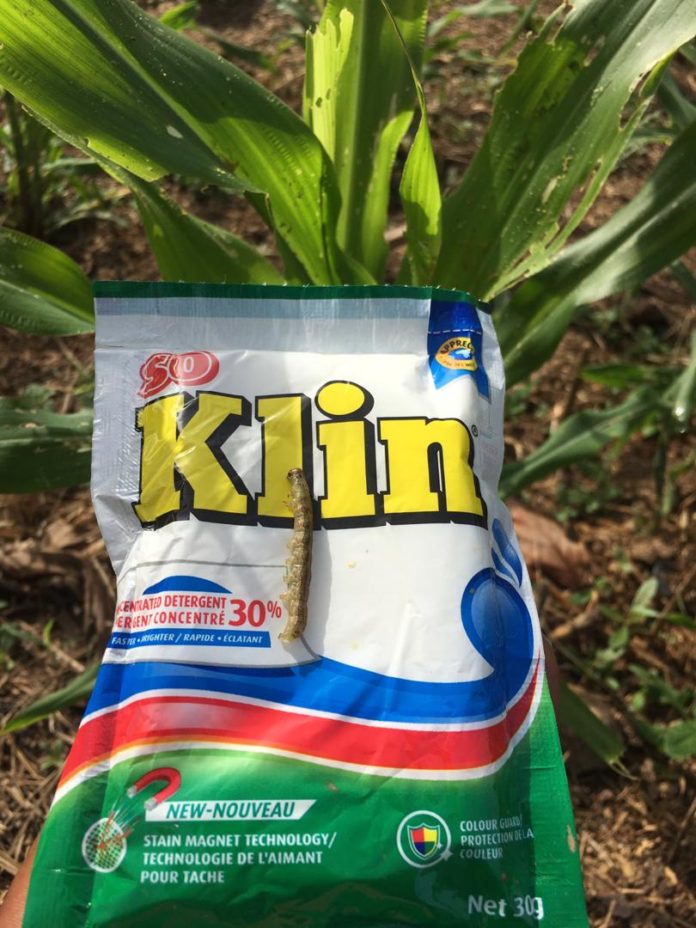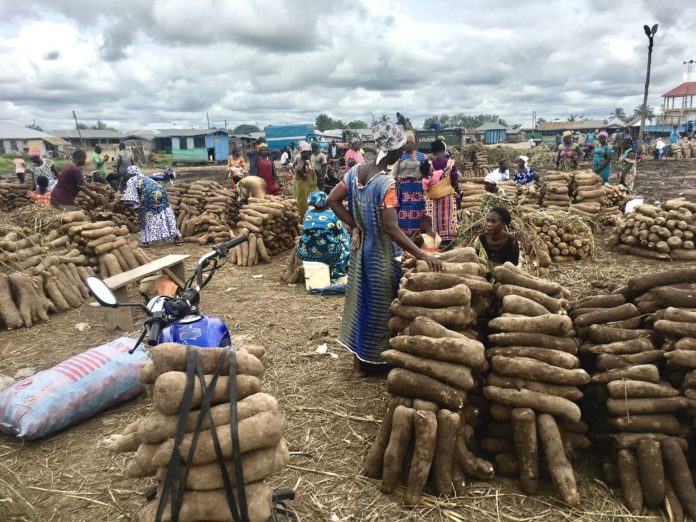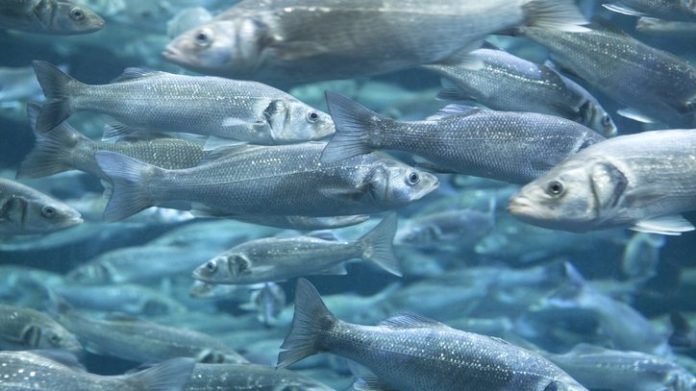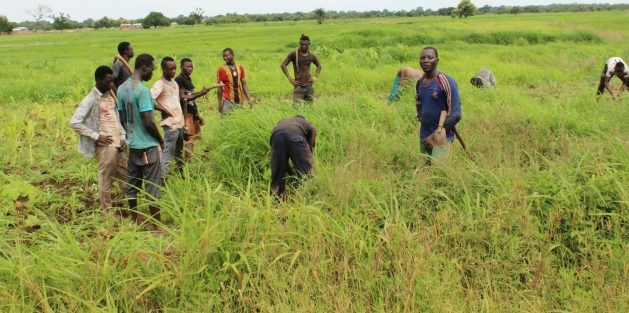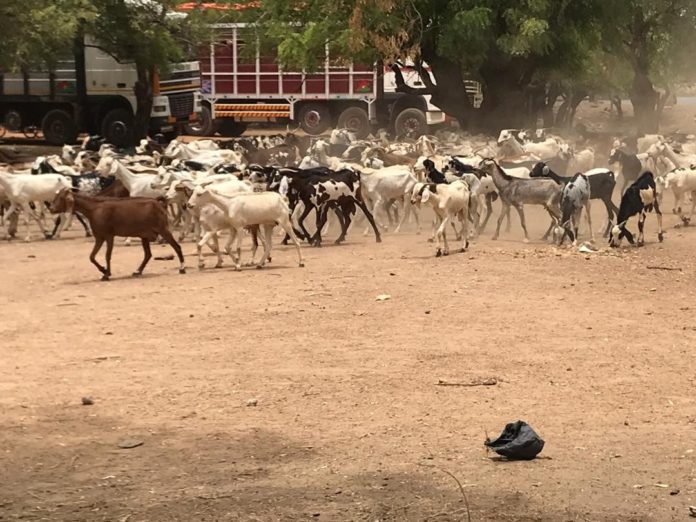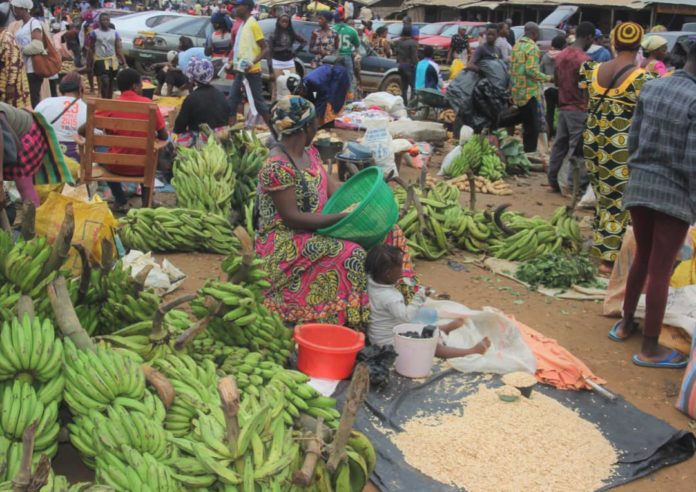The Fall Armyworm (FAW) is a pandemic in the agriculture sector which causes damage to grass and forage, mostly maize. In Ghana, FAW has been a big blow to many maize farmers.
Chamber of Agribusiness Ghana Signs MoU with Africa Council for Organic and Sustainable Agriculture.
The Chamber of Agribusiness Ghana has partnered with Africa Council for Organic and Sustainable Agriculture to further strengthen market position in agriculture.
Covid-19: Impact Of Covid-19 on Ghana’s Agriculture in the Eye of a Youth Farmer.
The global Pandemic; COVID-19 continues to battle various sectors of our economy not sparing the agriculture sector, which happens to be the backbone of Ghana’s economy. Agriculture which provides employment for approximately 60% of Africa’s population has been adversely affected by the pandemic.
Covid-19: Kent Farms Calls for Collaboration to Help Solve Food Security Amid Covid-19.
Food Security is a critical issue that every country must consider during this Covid-19 pandemic period. According to the United Nations, the number of people who cannot get enough food to eat could double by the end of the year that is more than a quarter of a billion people. This includes poor developing countries affected by economic crisis amid the Covid-19 and climate change.
One Thousand (1,000) Mini Planters and Solar Powered Rice Mills for Farmers – Agric Minister.
Smallholder farmers across the country have hailed the movement taken by the Ministry of Food and Agriculture to deliver 1,000 mini Planters and Solar Powered Rice Mills for smallholder farmers across the country.
Covid-19: Effects of Covid-19 on Ghana’s Aquaculture Sector.
The Covid-19 pandemic has undoubtedly affected every activity and the sectors across the globe. As it stands now the global confirmed cases of the pandemic are 3,221,029 with 228,252 deaths. Ghana was hit with the pandemic early this year with 1,671 confirmed cases with 16 deaths as of 30th April 2020.
COVID-19: IFAD Funds to Mitigate COVID-19 Impact is a Critical Intervention.
Smallholder farmers across the country have welcomed the move by the UN’s International Fund for Agricultural Development (IFAD) to committed US$40 million to support farmers and rural communities to continue growing and selling food during these trying moments.
COVID – 19 Pandemic: Impact on Livestock Sector in Ghana.
The Novel Corona Virus (COVID 19) outbreak started in Wuhan Hubei, livestock market in China with the first case recorded 1st December 2019. It got trumpeted and assumed global attention when it spread to other parts of the world leading to it been classified as a pandemic by the World Health Organization (WHO).
COVID – 19: The effects on Coffee Farmers at Kpoeta in the Ho West District of Ghana.
The Covid – 19 pandemic has brought most countries to their knees, disrupting many economies leaving no one in its disruptive grip. Ghana as part of the world was hit with its share of Novel Corona Virus earlier this year, resulting in government diversifying most, if not all funds to manage the spread and reduce the occurrence of “imported’ cases from both foreign and neighboring countries.
Gambia moves to reverse the trend of hiking food prices across Africa amid Covid – 19.
The prices for basic foodstuffs are rising in Africa, as market women stock on essentials and sellers seek profits amid the restrictions brought on globally by the Coronavirus pandemic (COVID19).

